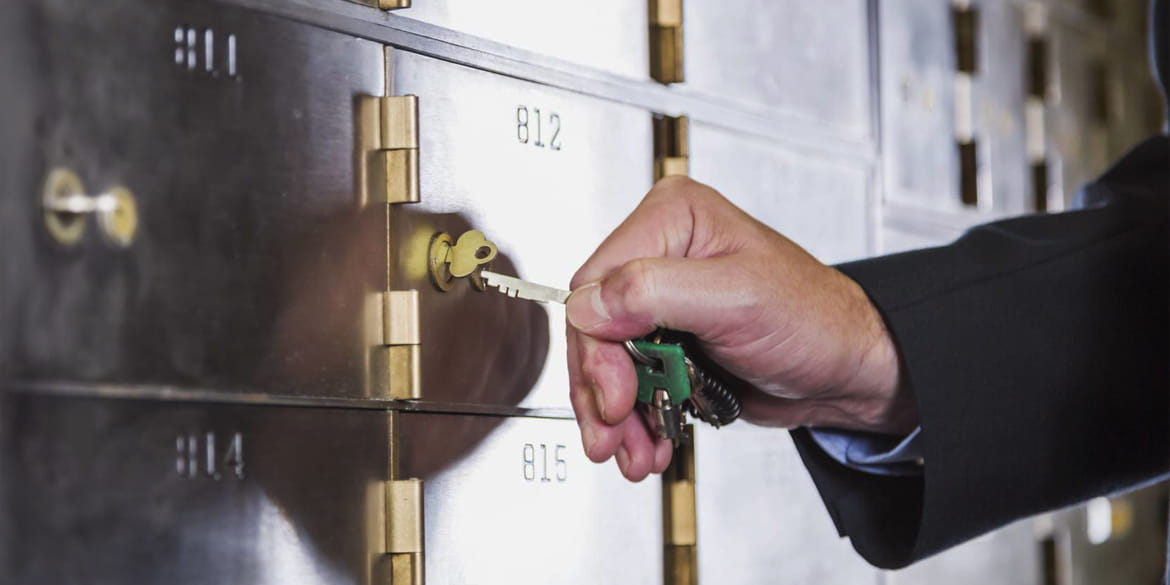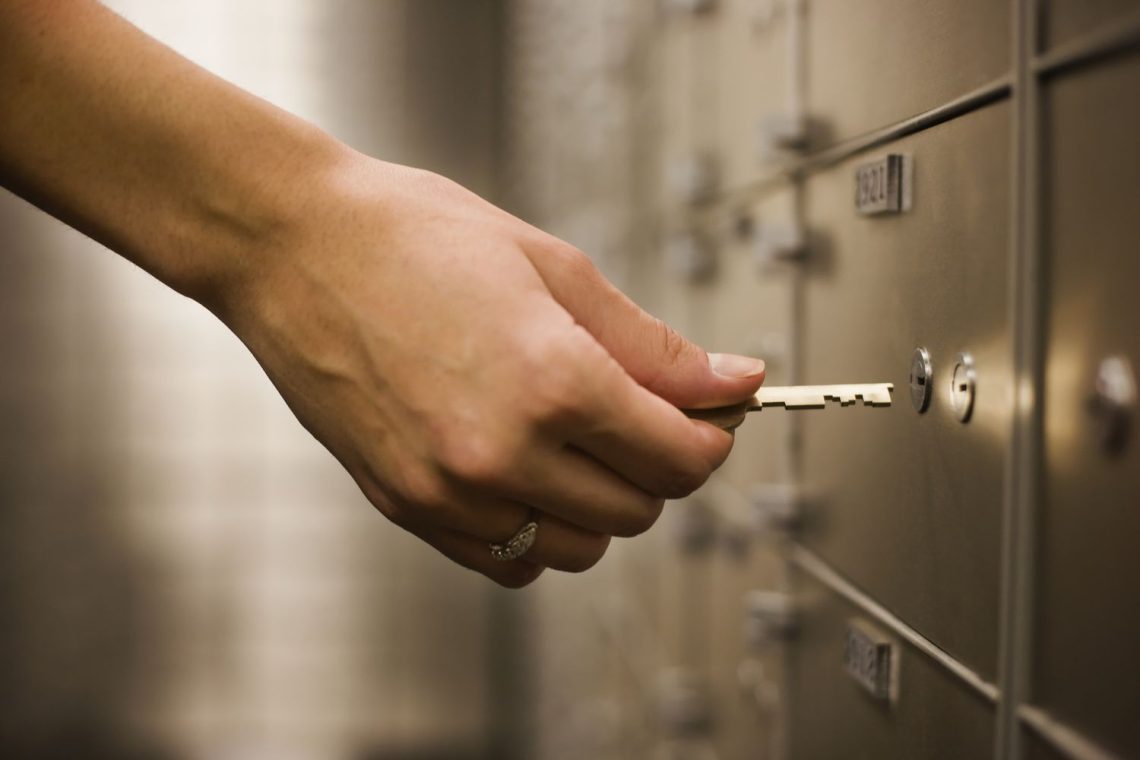Navigating the Vaults: Unraveling the Dynamics of Safekeeping
In the realm of finance, safekeeping emerges as a crucial practice, providing a secure haven for assets and valuable items. Whether individuals opt for self-directed safekeeping or entrust financial institutions with this responsibility, the concept of safekeeping has far-reaching implications. This comprehensive guide delves into the intricacies of safekeeping, exploring its various facets, the role of custodians, and the special considerations that shape this fundamental financial practice.

Unveiling Safekeeping
Safekeeping, colloquially known as “safe keep,” revolves around the meticulous storage of assets or items of significant value within protected environments. While the concept is broad, encompassing various forms of valuables, this discussion primarily focuses on the safekeeping of financial assets. Individuals often opt for safekeeping solutions provided by banks, brokerage firms, or self-directed methods, each carrying its unique set of advantages and considerations.
Safekeeping at a Glance
Safekeeping is more than mere storage—it’s a commitment to safeguarding assets against potential risks such as theft, loss, fraud, damage, or delays in deliveries. When individuals choose to place assets in safekeeping, they often receive a safekeeping certificate as evidence of the institution’s legal responsibility. This certificate assures that the individual’s asset does not become the institution’s asset and can be reclaimed upon request.
The Role of Financial Institutions
Financial institutions, acting as custodians, play a pivotal role in safekeeping. Custodianship involves holding securities and other valuables on behalf of investors. In return, individuals entrust the institution with legal responsibility and anticipate the safe return of their assets when needed.
Safekeeping Services by Financial Institutions
For those investing through brokerage firms, these entities often serve as custodians, holding stock or bond securities and other valuables. The role extends to providing safekeeping certificates, facilitating asset value overviews, and offering options for buying and selling assets. In essence, the brokerage firm acts as an agent, streamlining the safekeeping process for the investor.
However, individuals seeking greater control over their securities certificates may opt for safe-deposit boxes, often available for rent. This approach allows investors to retain physical control over their certificates while still benefiting from secure storage provided by financial institutions.
Special Considerations in Safekeeping
While the terms “custodian” and “depository” are sometimes used interchangeably, they bear distinct nuances. Custodians primarily hold securities and valuables, ensuring their safety without assuming additional control or liability. On the other hand, depositories take on a more comprehensive role, often delegating custodian tasks to third parties while offering additional financial services.
The Role of Depositories
Depositories extend beyond custodianship, providing services such as selling, repurchasing, issuing, and facilitating the transfer of ownership of shares between investors. Additionally, depository services may encompass checking and savings accounts, online banking, debit card functionalities, and other financial services.
Utilizing a depository or custodian introduces benefits beyond safekeeping, mitigating risks associated with holding securities in physical form. Protection against theft, loss, fraud, damage, or delivery delays becomes paramount, and these financial entities play a pivotal role in eliminating such risks.
Industry Giants and Global Safekeeping
In the landscape of safekeeping, some financial institutions stand out as industry giants, wielding significant influence in the global market. Names like the Bank of New York Mellon (BNY), State Street Bank and Trust Company, JPMorgan Chase, and Citigroup dominate the custodial space. These institutions not only ensure secure safekeeping but also offer a spectrum of services, from account administration to transaction settlements, tax support, and foreign exchange.
Example of Safekeeping in Action
To illustrate safekeeping in a real-world scenario, consider investors purchasing fixed-income securities through their Wells Fargo Securities account. These investors can opt to have Wells Fargo Bank hold these securities in safekeeping for a fee. The securities find a secure abode in a Wells Fargo Bank safekeeping account, accompanied by the imposition of an interest rate.
Embracing the Future: Safekeeping in the Technological Era
As we navigate the currents of the technological era, safekeeping undergoes subtle transformations. Technological trends shape the landscape of safekeeping, introducing efficiencies, enhancing security measures, and influencing the broader financial industry. The following section explores the intersection of safekeeping and technology, unraveling the potential future trajectories.
Technological Trends Impacting Safekeeping
Blockchain and Distributed Ledger Technology (DLT): The advent of blockchain and DLT introduces immutable, transparent, and decentralized ledgers. In safekeeping, this technology can streamline record-keeping, enhance transparency, and fortify security by reducing the risk of fraudulent activities.
Digital Vaults and Encryption: Digital vaults fortified with advanced encryption technologies offer a secure alternative to traditional safe-deposit boxes. Individuals can leverage these digital solutions for the safekeeping of sensitive documents, certificates, and digital assets.
Biometric Authentication: As a layer of enhanced security, biometric authentication—ranging from fingerprint scans to facial recognition—can be integrated into safekeeping processes. This ensures that access to stored assets is restricted to authorized individuals.
Smart Contracts: Smart contracts, powered by blockchain technology, can automate aspects of safekeeping agreements. These self-executing contracts can ensure seamless asset transfers, trigger events based on predefined conditions, and enhance the overall efficiency of safekeeping processes.
Future Trajectories in Safekeeping
Integration of Artificial Intelligence (AI): AI algorithms can play a role in risk assessment, fraud detection, and proactive monitoring of safekeeping processes. Machine learning capabilities can adapt to evolving threats, bolstering the security infrastructure of custodial and depository services.
Interconnected Financial Ecosystems: Safekeeping may become more interconnected within the broader financial ecosystem. Integration with digital banking platforms, investment apps, and financial management tools can provide individuals with real-time insights into their safekept assets.
Decentralized Finance (DeFi): The rise of DeFi introduces decentralized alternatives to traditional custodial services. Smart contracts on blockchain networks enable individuals to participate in various financial services, including safekeeping, without relying on centralized institutions.
Cybersecurity Innovations: Given the increasing sophistication of cyber threats, continuous innovations in cybersecurity will be paramount. Safekeeping services will need to stay ahead of the curve, implementing robust cybersecurity measures to protect digital and physical assets from emerging risks.
Navigating the Future of Safekeeping
In conclusion, safekeeping transcends the conventional notion of securing physical assets—it’s a dynamic interplay of tradition and technology. The foundational principles of safekeeping remain rooted in trust, security, and legal responsibility, but the tools and methodologies employed are evolving.
As we peer into the future, the symbiotic relationship between safekeeping and technology becomes increasingly evident. Blockchain, digital vaults, biometric authentication, and AI are poised to redefine how we safeguard our assets. The industry’s giants will likely embrace these technological shifts, ensuring that safekeeping not only adapts to the times but also paves the way for a future where financial assets are secure, accessible, and seamlessly integrated into the digital fabric of our lives.






